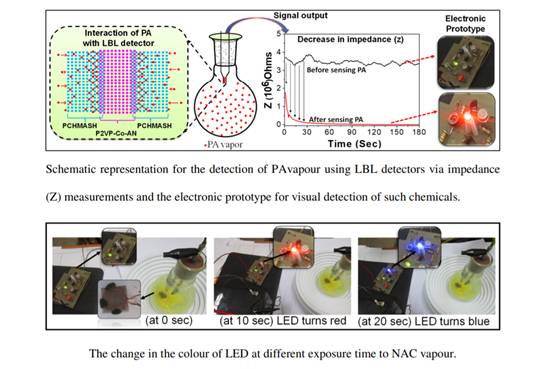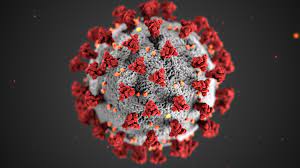Researchers from the University of Michigan have uncovered a concerning association between storing chemicals in home garages and an elevated risk of developing amyotrophic lateral sclerosis (ALS), shedding light on potential environmental factors contributing to the neurodegenerative disease.
Over the past decade, investigations at the University of Michigan have consistently identified a correlation between exposure to environmental toxins and the onset of ALS. Referred to as the ALS exposome, this buildup of exposures encompasses a range of substances, from pesticides used in agriculture to volatile organic compounds prevalent in manufacturing industries. The latest study, published in Amyotrophic Lateral Sclerosis and Frontotemporal Degeneration, expands upon this research, highlighting the potential risk posed by chemical storage in residential settings.
Dr. Stephen Goutman, lead author of the study and director of the Pranger ALS Clinic at the University of Michigan, emphasized the importance of identifying and addressing disease-provoking exposures to mitigate the burden of ALS. “Exposures in the home setting are an important part of the ALS exposome, as it is one place where behavior modifications could possibly lessen ALS risk,” remarked Dr. Goutman.
The study, involving over 600 participants, both with and without ALS, revealed a significant association between storing volatile chemicals in home garages and ALS risk. Items such as gasoline, lawn care products, pesticides, paints, and woodworking supplies were found to be particularly implicated. Notably, the storage of these chemicals in attached garages showed a stronger correlation with ALS risk compared to detached garages, likely due to the flow of air and airborne pollutants from the garage to the living space.
“Especially in colder climates, air in the garage tends to rush into the house when the entry door is opened, and air flows occur more or less continuously through small cracks and openings in walls and floors,” explained Dr. Stuart Batterman, senior author of the study and professor of environmental health science at the U-M School of Public Health.
These findings build upon previous research that identified higher concentrations of pesticides in the blood of ALS patients compared to non-affected individuals. Moreover, a study conducted in 2019 linked organochlorine pesticides and polychlorinated biphenyls (PCBs) to worsened survival rates in ALS patients.
Moving forward, researchers emphasize the need for further investigation into the relationship between environmental exposures and ALS risk. Dr. Eva Feldman, director of the ALS Center of Excellence at the University of Michigan, stressed the importance of advocating for ALS to be recognized as a reportable disease to fully understand the range of exposures contributing to its development.
Through ongoing studies, researchers aim to deepen their understanding of how environmental factors contribute to ALS and other neurodegenerative diseases, with the ultimate goal of developing interventions to mitigate risk and improve patient outcomes.












